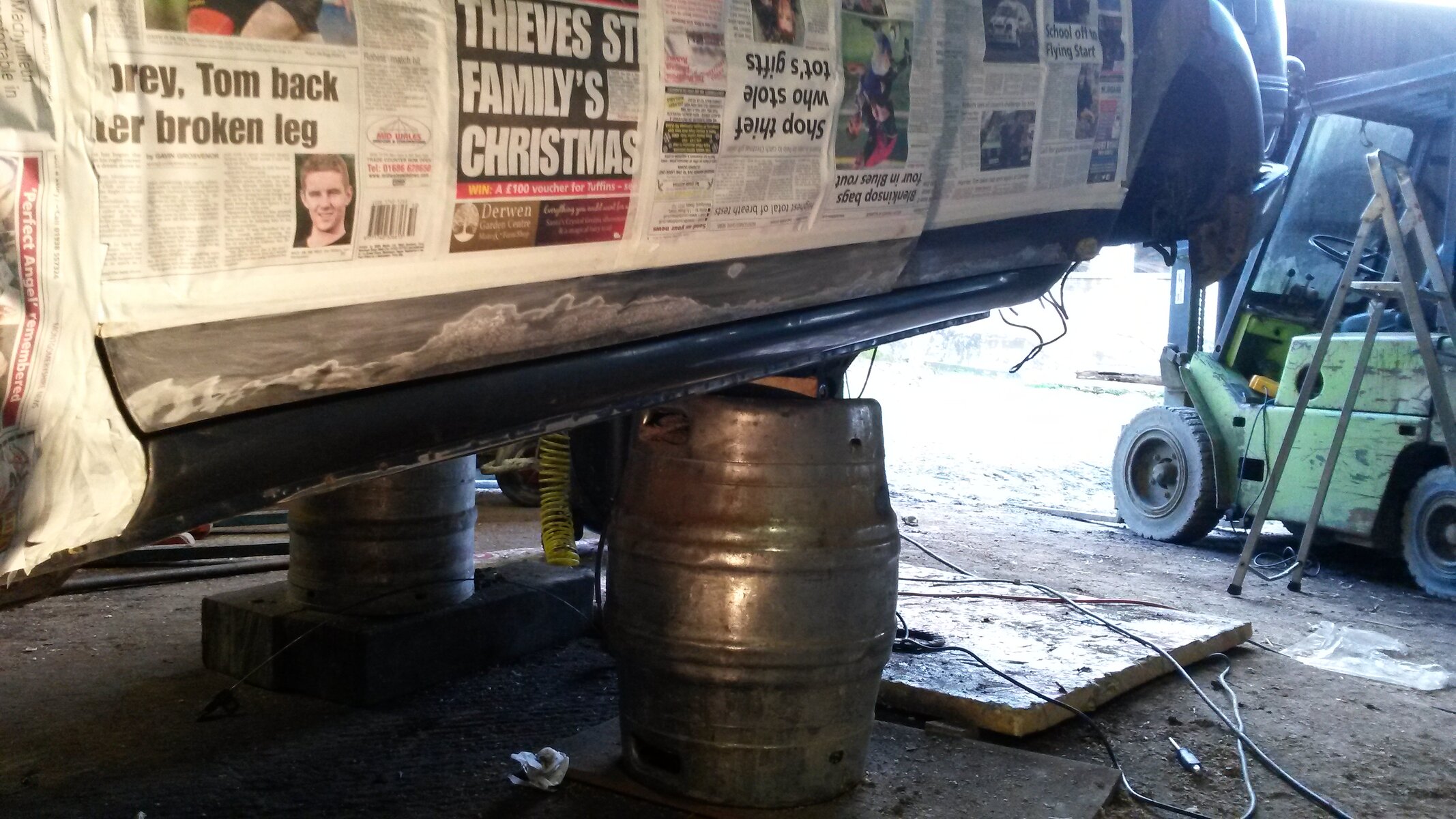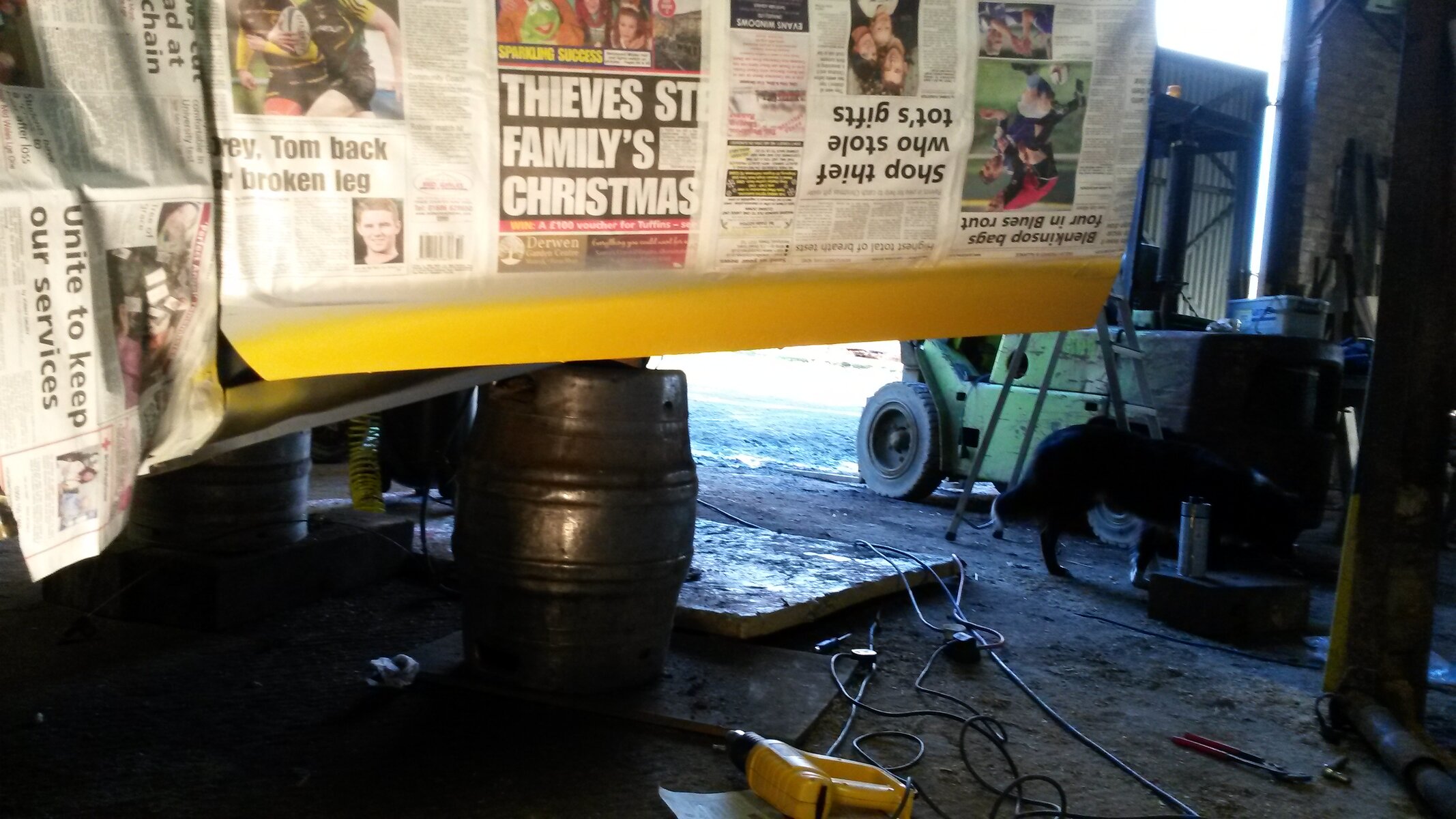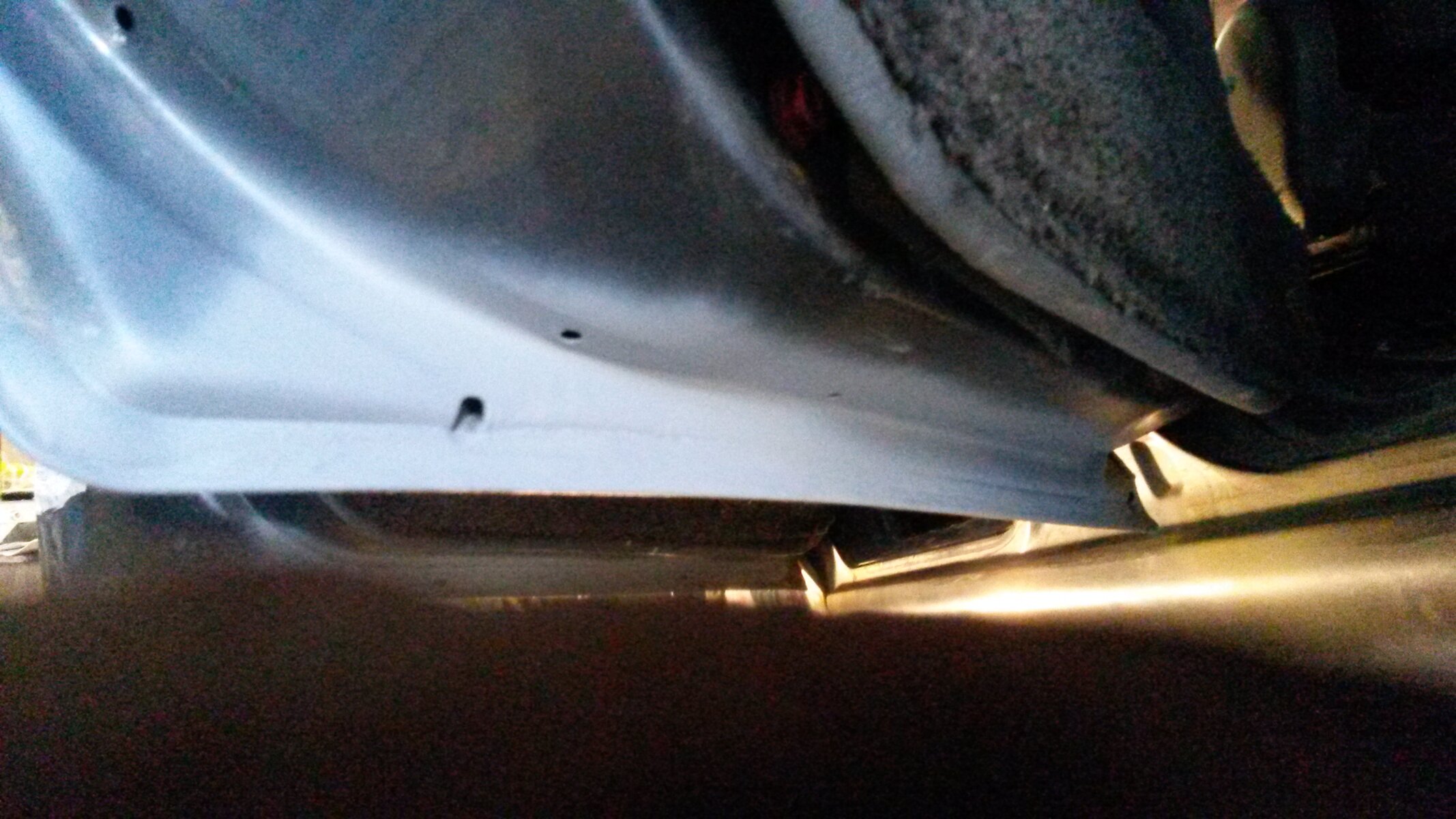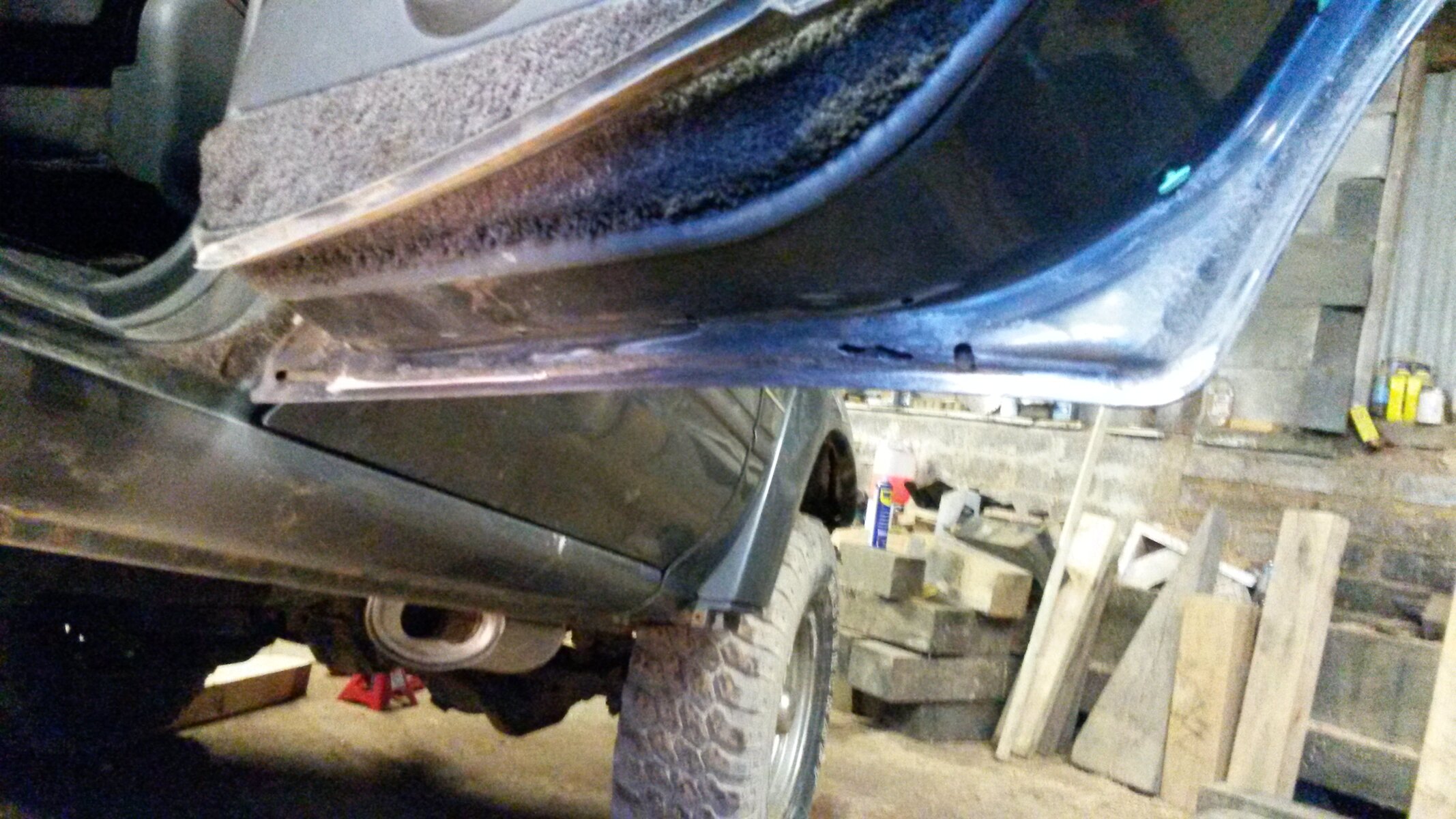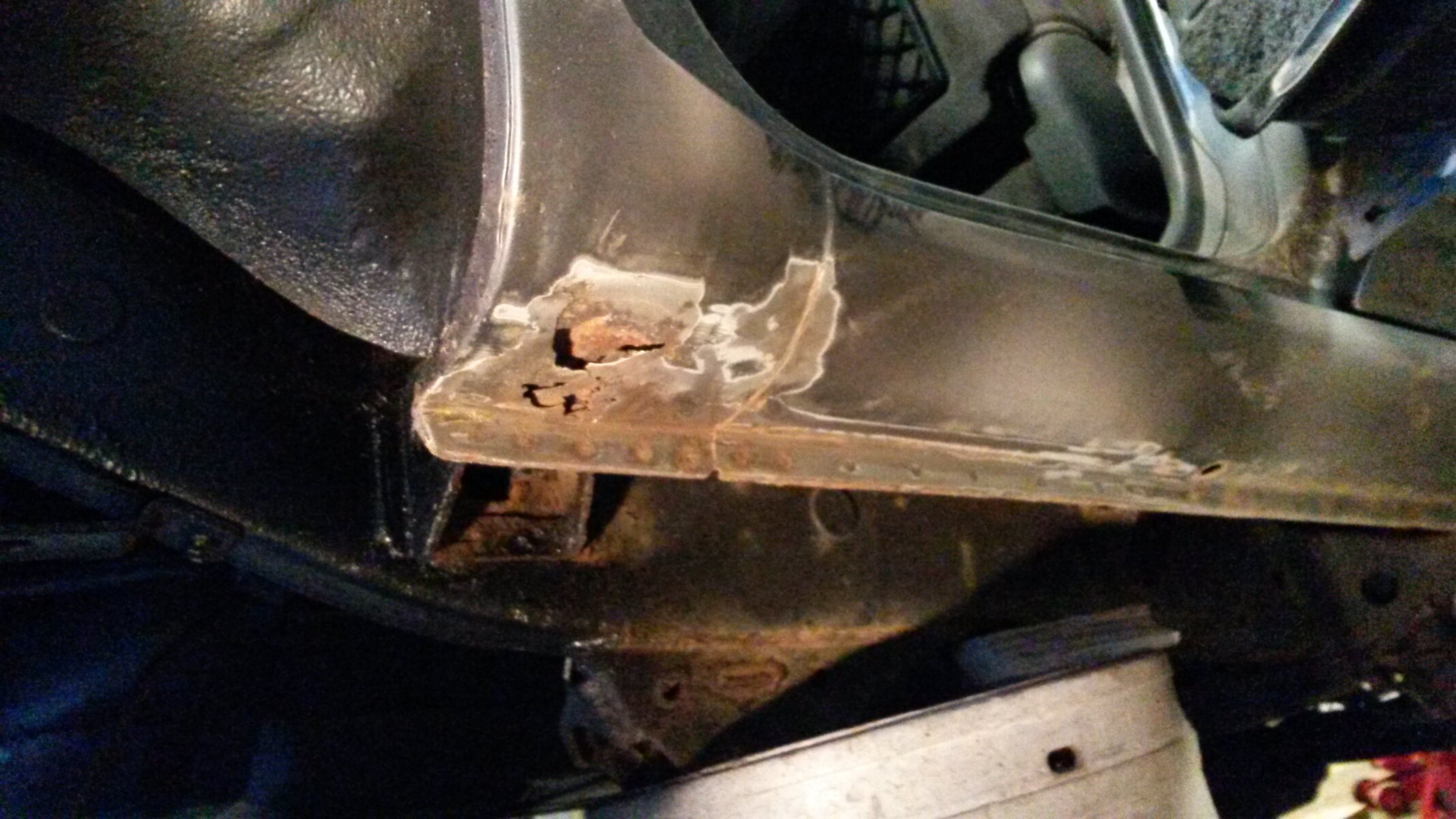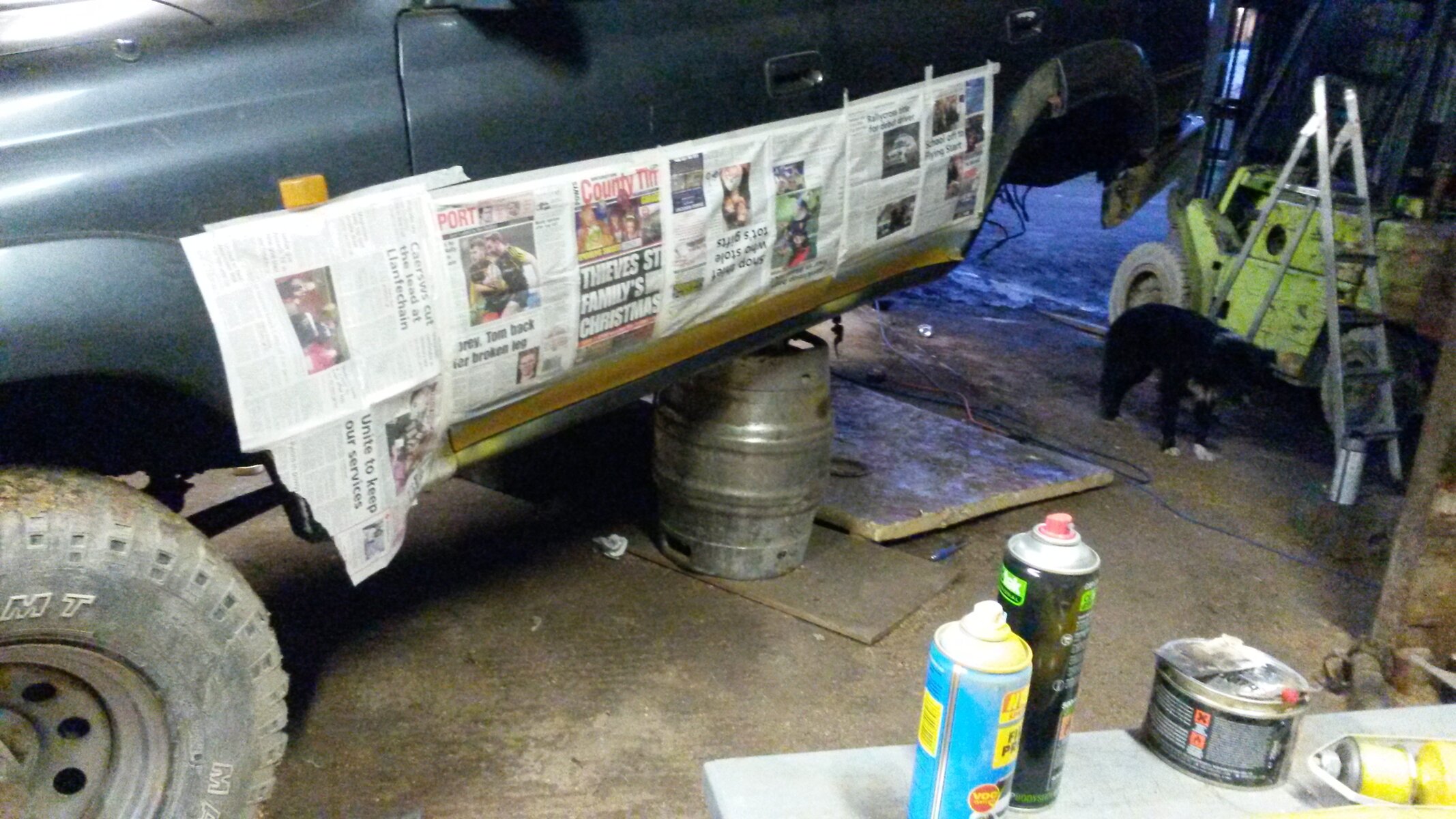For me the most obvious option would be to cut down the bracket where it fouls on the manual cross member and simply weld them in place. Looking at the brackets, they are the sort of thing that Ben would make up easily with his workshop equipment to make something similar just on the bench would takes some time. Hence my interest in the factory made brackets that Geert has.
If I had to make some, I'd undo the rear eye, leave the CC plates on and tip the axle till I got the UJ angles I wanted and then make the bracket to that.
If I had to make some, I'd undo the rear eye, leave the CC plates on and tip the axle till I got the UJ angles I wanted and then make the bracket to that.




